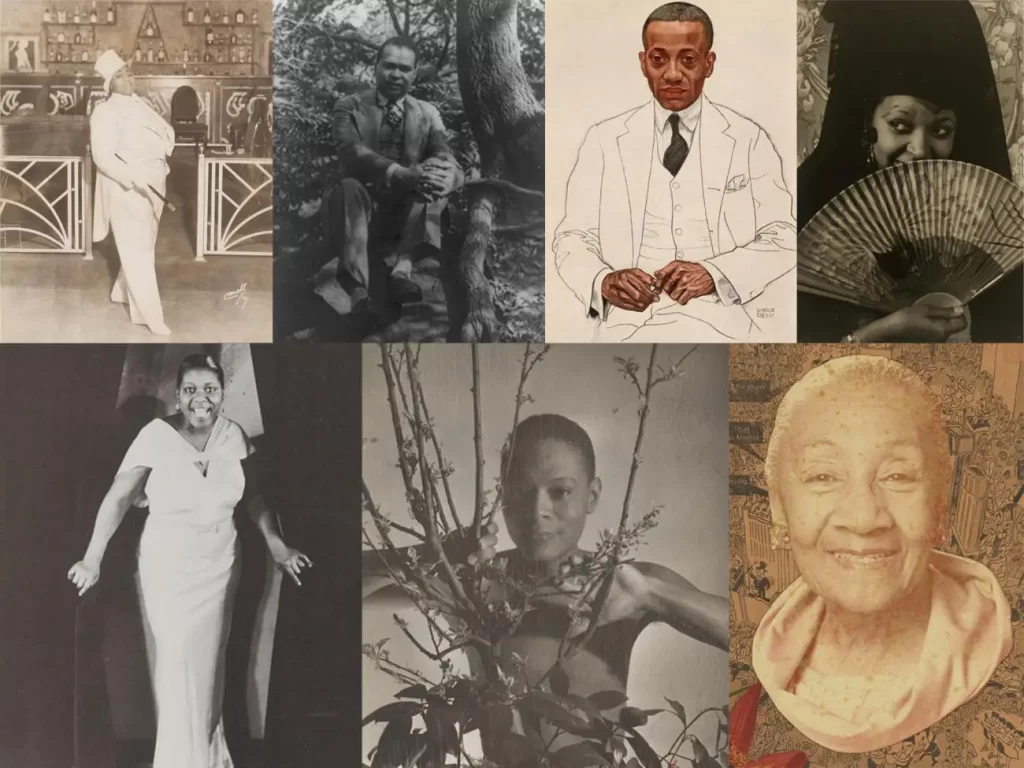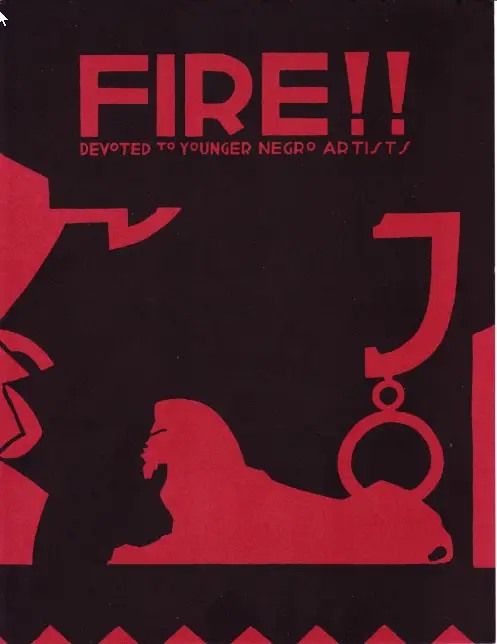The Harlem Renaissance was “surely as gay as it was black.”
As we bring in 2024’s celebration of Black History month, it feels only right to shine a light on the voices that have been deliberately lost to time. In 1920, the world witnessed the inspired boom of art, music, literature, politics, scholarship, and so much more that was the Harlem Renaissance. While racial uplift and creativity are the overarching themes traditionally discussed in relation to the Harlem Renaissance, one can also find a deeper and riskier edge hiding just below the surface. Scholar Henry Louis Gates, in a 1993 essay “The Black Burden,” put it this way: that the Harlem Renaissance was “surely as gay as it was black, not that it was exclusively either of these things.” This fact is often left out when talking about the Harlem Renaissance and the common group of names we see associated with it, some of whom include: Langston Hughes, Claude McKay, Alain Locke, Countee Cullen, Wallace Thurman, and Richard Bruce Nugent.

During the Harlem Renaissance, the combination of race and sexuality was not necessarily tolerated. The Renaissance had a more racially focused canon, which excluded writing, publishing, or speaking about things that were queer. Consequently, a divide became apparent — something we might recognize today as “respectability politics” — within the Harlem Renaissance between the Black and the queer. A group of younger artists during the time felt these respectability politics, created by the ideals of Alain Locke’s The New Negro and W.E.B. Du Bois’ The Talented Tenth, to be too stifling and began to search for a new outlet to release their creative Fire!!

In November of 1926 Fire!!: Devoted to Younger Negro Artists was published, including works by Wallace Thurman, Langston Hughes, Richard Bruce Nugent, Zora Neale Hurston, and others. Fire!!, a publication representing a group of queer authors, set out to, as Langston Hughes mentions in his novel The Big Sea, “burn up a lot of the old, dead, conventional Negro-white ideas of the past… and provide us with an outlet for publication not available in the limited pages of the small Negro magazines then existing.” Fire!! set these traditional ideas aflame within its pages, featuring stories about love, sex, and money. One of the creators of Fire!!, Richard Bruce Nugent, was one of the first Black authors to write and publish a queer story. Nugent’s engagement with the queer cast him into the shadows of the Harlem Renaissance’s history, where his contributions are often unrecognized and his work left out of the Harlem Renaissance canon. Nugent’s queer story, “Smoke, Lilies, and Jade, A Novel, Part I,” was first published within the pages of Fire!!, alongside other stories and poems like “Cordelia the Crude” by Wallace Thurman, “From the Dark Tower” by Countee Cullen, “Sweat, A Story” by Zora Neal Hurston, “Elevator Boy” and “Railroad Avenue” by Langston Hughes, and many more.
Fire!! as a publication gave hope to the younger Black and queer generation of Harlem, allowing them a space to unabashedly be exactly who they were. Sadly, Fire!! only published one publication. In an ironic twist of fate, most of the first publication burned down in a fire, leaving very few physical copies of the publication in existence. Should you find yourself ready to dig through the ashes and find a piece of Harlem’s forgotten fire, you can read the first and only volume of Fire!! Here.
By: Alexandria Crews



